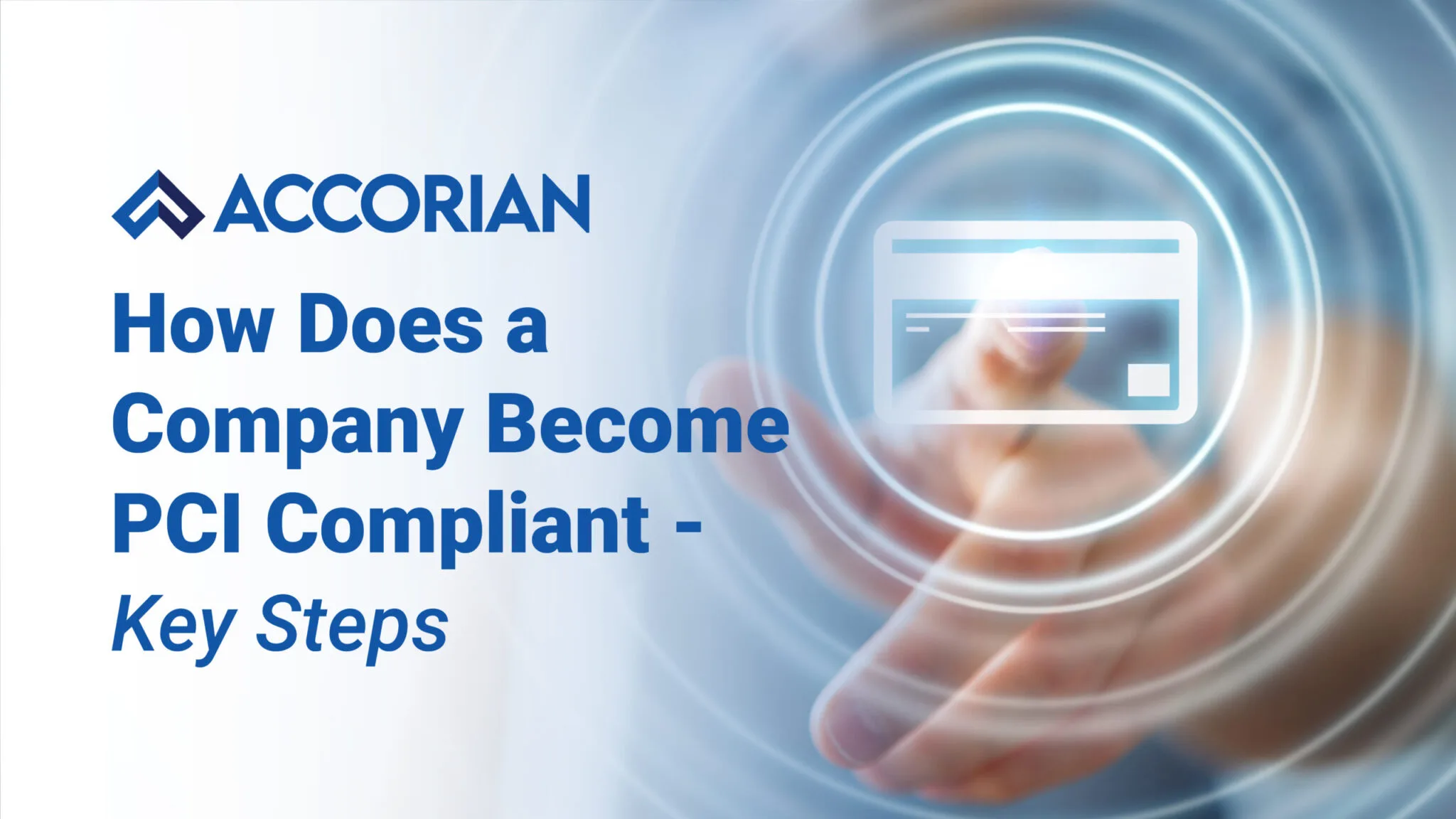Written By: Naga Chinmai and Arnav Shah
Maintaining PCI compliance in the payment card industry demonstrates our dedication to ensuring a secure environment. According to recent research, data breaches have increased by 15% since 2020. Organizations must, therefore, comply with PCI DSS in both physical and digital environments. However, establishing PCI compliance is an exhaustive and costly procedure. So, how does a company become PCI compliant? We seek to simplify PCI DSS compliance and provide the necessary steps to achieve it.
What is PCI DSS?
The Payment Card Industry Data Security Standard (PCI DSS), created by major credit card companies such as Visa, MasterCard, American Express, and Discover, is a comprehensive set of security standards intended to ensure the secure processing of sensitive payment card information.
PCI DSS compliance is required for every organization that handles, maintains, or transmits payment card information. It fosters a secure environment for financial transactions, providing consumers with trust in the integrity of electronic payment systems.
Key Steps to Achieve PCI Compliance
- Level 1: More than 6 million transactions annually
- Level 2: 1 to 6 million transactions annually
- Level 3: 20,000 to 1 million transactions annually
- Level 4: Less than 20,000 transactions annually
- Part 1: A set of self-guided questions designed to assess your level of compliance
- Part 2: An Attestation of Compliance (AoC), which requires either your organization or a Qualified Assessor firm (QSA) to attest to your PCI DSS compliance
- Conduct an audit plan that will include the appointment of an auditor who will carry out the audit mission within the set scope, objectives, and methodology
- Identify the PCI DSS requirements that are to be audited
- Decide on the frequency of audits based on the PCI requirements and level of risk in your organizational environment
- Provide the necessary resources, personnel, and technology required for the scope of the audit
- Gather documents, including policies, procedures, and technical configurations, conforming to PCI DSS
- Review the documentation to ensure alignment with the PCI DSS requirements and identify gaps
- Use automated scanning tools and conduct penetration testing and vulnerability testing to detect vulnerabilities and weak points
- Document all findings, including non-compliance issues, vulnerabilities, and areas of improvement
- Prepare a comprehensive audit report summarizing the findings, conclusions, and recommendations
- Guide remediation actions and timelines to address identified issues
Why Choose Accorian For Your PCI DSS Compliance?
Accorian holds the prestigious distinction of having a team of highly Qualified PCI QSAs (Qualified Security Assessors) specializing in assessing PCI compliance, particularly emphasizing network infrastructure. We are also CREST accredited and an ASV (Approved Scan Vendor). Our PCI accreditations underline our expertise and credibility in cybersecurity and PCI DSS compliance.
Our potential client industry includes sectors such as banking, financial services, credit unions, eCommerce, and SaaS that must adhere to payment card industry DSS requirements.
Tags: PCI DSS Compliance, payment card industry, PCI compliance, PCI DSS data security standard, payment card industry DSS, payment card industry, PCI security standards, PCI QSA, data security standards, payment card industry compliance



